They are the blessed children of mother earth, and the whole ground is their home while they practice detachment from all the belongings. The strongest people that you have ever seen, embrace the burning sunshine of summer and bone freezing days of winter to keep the nomadic culture alive.
Nomads of Iran have proved their bravery throughout history by living independently and dealing with many problems such as natural disasters, illnesses, and lack of facilities while migrating from one place to another.
They have also shown their kindness by being a perfect host for people who want to get familiar with their culture or wandering in nature.
Table of Contents
What Is the Lifestyle of Nomads in Iran?
Before the sun appears in the sky by opening its golden arms and hugging the clouds, nomads start their day. They come out of their handmade black tent or “Siah Chador”, which is woven from goat’s hair to keep them warm during winter and cold in the summer, to do their routine tasks.
First, they need to get the flock of sheep and goats to feed their children and go to the meadow with their shepherd.
Younger children eat breakfast with fresh homemade bread, butter, and cheese to go to the tent schools or play around in nature.
Although there are some tent schools for each tribe, nomad children learn the most important lessons of life from the mother earth. They know the rules of nature and how each creature behaves. They can listen to the sound of birds, play with cute little goats, race with the wind, and find their way back to the tent, following the stars.
The Role of Women in Nomadic Life-style
Nomad women with their rosy freckled cheeks and long braided hair are the most beautiful yet strongest women. Their gorgeous traditional colorful dresses, along with their callus hands caused by rough handworks, show their dignity and glamour. Women are definitely the true spirit of nomadic life.
The main responsibility for taking care of a nomad family is on women’s shoulders. They start their daily work before everyone else by making breakfast for other family members, which involves baking bread and making tea on fire. Then they need to take care of the flock and help the shepherd go to the meadow. After that, they usually take care of the children, make food, and clean the house. When men come back from the pasture, women will milk the flock, feed the family, and start making dairy products out of the milk.
First, they need to make yogurt by heating the milk and let it be a little bit cold, then they use some pre-made yogurt and add it to the milk and let it rest for some hours. After that, they keep the yogurt in a cold place to eat or get Dough and butter from it.
For making “Dough,” which is a sour Persian drink, they mix water and yogurt in a bag made of goatskin that is called “Mashk,” two women shake the Mashk back and forth repeatedly for a while. Then they pour the drink out and separate the butter from the liquid.
They keep some of these products for their own usage and men take the rest to the cities or villages to sell.
Nomad women are talented in weaving carpets, as well. They are inspired by nature and can create the most beautiful carpets, and unique in patterns since they do not pre-design it. Women need to weave a carpet from scratch by using sheep’s wool or goats’ hair and making the threads. Then they color the threads using natural colors and start making a carpet.
In the evening, with the help of men, they guide the flock to sleep in their place and get ready to finish the day.
If you look at the sunburned face of nomad women, you will realize that all these hard works are blessings because they still appreciate life no matter how difficult it can be. There is a shine of hope in their eyes that adds to their beauty and inspires you.
What Are the Most Famous Nomadic Tribes in Iran?
Each part of Iran has different nomadic tribes that come with their own culture and traditions.
The Qashqai Tribe
Moving around Fars province, the Qashqai nomadic tribe is one of the most famous nomadic tribes in Iran. Their history goes back to Turk people of western Iran, and they speak Turkish with their unique dialect.
The costume of men and women of the Qashqai tribe is exceptionally wonderful. Men usually wear collarless shirts and wide-legged pants, which is designed with a cotton belt. Sometimes their belt is made of fabric and is called “Shal,” and as a last touch, they wear a round hat, which is usually gray or black. However, women wear the most colorful dresses. They wear multi-gathered skirts, which are typically bright and floral, along with long sleeve tunic. They also use a scarf made of lace called “Charqad” and use a colorful headband designed with beads.
Watching the traditional dance of women and the dance of men with sticks (called stick play) at weddings in these dresses would be an outstanding experience.
The Bakhtiari Tribe
The most populated nomadic tribe in Iran is Bakhtiari Tribe, which is located in Zagros Mountain, Chaharmahal o Bakhtiari province and speaks with the Luri dialect. In the freezing days of winter in that area, the Bakhtiari tribe does the longest migration in Iran and goes to the Khuzestan province to enjoy the pleasant weather of the south of Iran. Bakhtiari nomads are the true artists by making excellent handicrafts such as fabrics and carpets.
The clothes of Bakhtiari tribes suit different types of weather that they experience. Men wear a black hat made of wool and a long white jacket with black stripes as well as loose black pants. Women wear long layered skirts with bright colors, long sleeve dresses, and long bright scarves.
The Torkaman Tribe
Living in the Northwest of Iran in Khorasan province, Torkamans kept their traditions alive all these years. The people of the Torkaman tribe speak in the Torkamani dialect, which is similar to Turkish, and they teach the essentials of the culture to their children from one generation to the next.
Torkaman Tribe is famous for its precious Torkaman horse, fascinating carpets, and particular costume.
Men in the Torkaman tribe usually wear loose black pants, a white collarless shirt, and a long reddish jacket along with a hat which is made of wool and looks like a curvey wig. Women also wear long red dresses, which are designed with embroidery patterns, long scarfs, and headbands made of metal and beads.
The Shahsavan Tribe
The Shahsavan Tribe of Iran lives in the northwest and Zanan province. This Turkish speaking tribe has been one of the most significant nomadic tribes in Iran and showed its bravery by fighting against the enemies in times of crisis.
Like other nomadic tribes, their source of income is from cattle-breeding, and by using agriculture, they provide their basic needs. With weaving gorgeous carpets and selling them in the city, this tribe represents its beautiful handmade arts to others.
Shahsavan men wear dark loose pants, collarless shirts, and jackets with a belt while women wear colorful long skirts and dress with a headband with a scarf that twists around their heads.
Why Iran’s Nomads Are Fading Away?
During recent years, many problems have made continuing the life for nomad people of Iran difficult. Although the nomadic families are trying to keep this culture alive, the younger generations have found living in cities with modern technologies easier.
Climate change and droughts in different parts of Iran do not let nomads continue their life and feed their flocks like before. They need the attention and the help of Iran’s government to let them keep their lifestyle alive.
Where Can You Find Nomads in Iran?
You can find the nomads of Iran in different parts of this fantastic country. However, Fars, Lorestan, Khorasan, and the northwest of Iran have the biggest population of nomadic tribes.
By trekking in nature and wandering around the hills of Zagros Mountain Range, you can find the black Chadors of nomads and experience watching their lives and enjoy their hospitality.

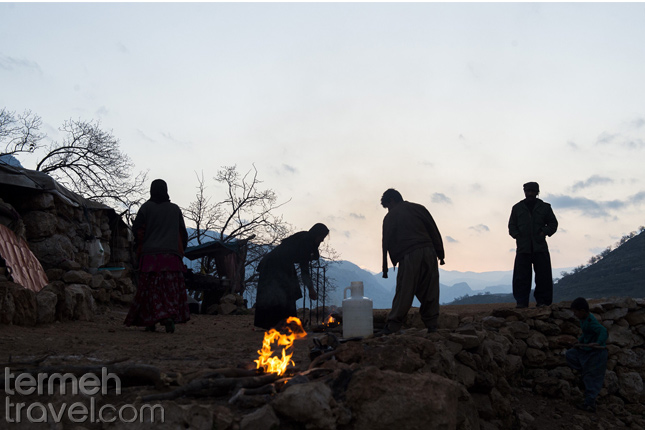








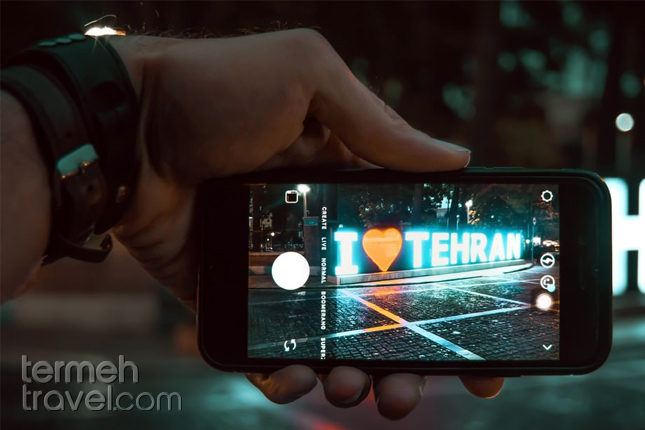

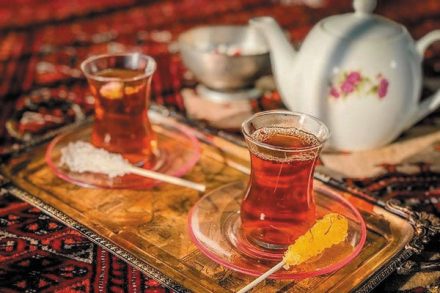
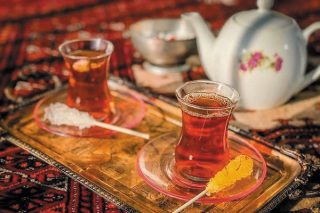
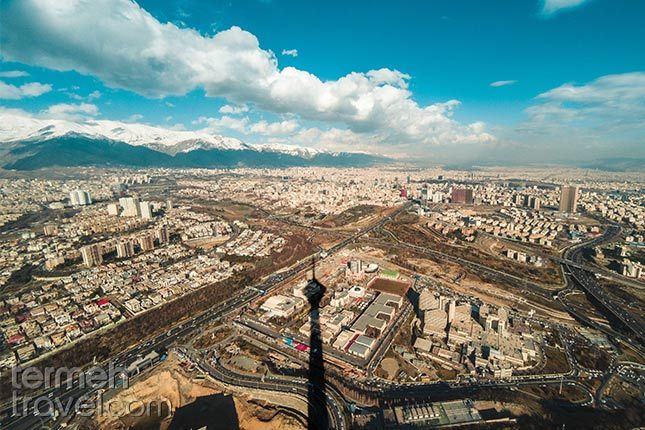
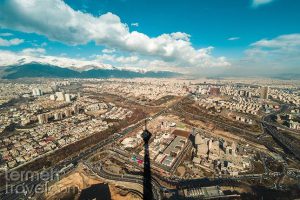
Leave a Comment